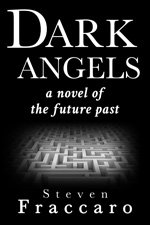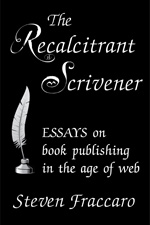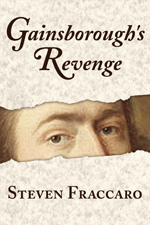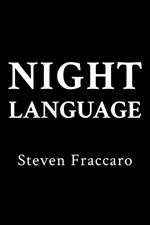Literary Modernism appeared to have run its course in the
English-speaking world by around 1940, at least as far as fiction writing was
concerned. New Directions published Henry Miller and Kenneth Patchen, Grove
Press went on to publish Beckett’s novels, the Nouveau Roman in translation,
and William Burroughs, but that’s pretty much it. American novelists who
emerged after World War Two may have incorporated specific Modernist
techniques, but these were generally used sparingly. Even in the most lauded
literary fiction, anything that might engage the reader’s intellect at the
expense of his or her emotions was largely eliminated. Early Don DeLillo, Paul
Auster, Lydia Davis, Siri Hustvedt, and a few others provide the exceptions to
this rule.
Poetry was a different matter, with the continuing work of
Williams, Cummings, Stevens, Zukofsky, and Oppen, and the emergence of Olson and
Creeley. By the 1970s, what became known as Language writing emerged. In New
York, this was based around Roof Magazine, edited by James Sherry (1976-1979), A Hundred Posters, edited by Alan
Davies (1976-1981), and L=A=N=G=U=A=G=E, edited by Charles Bernstein and Bruce
Andrews (1978-1981). Michael Gottlieb has written an account of the New York group
at this period, Memoir and Essay,
published by Faux Press and Other Publications, which provides an engaging
picture of the aesthetic concerns, intellectual preoccupations, and personal
conflicts involved. Dozens of poets around the country were involved in the
group. This was a major literary movement, with a focus on language and how it
functions.
In San Francisco, Ron Silliman was developing his specific
avant-garde approach to prose poetry, as exemplified in his multipart work, The Age of Huts. From this volume, the section I still come back to is The Chinese Notebook, which can be seen as both
a parody of and homage to Wittgenstein’s later work, one that is in fact
influenced by that approach. Silliman also went on to develop a theory of
reference in which he equated the realistic novel’s appropriation of reality
with capitalism’s appropriation of the world we live in. Writers in the San
Francisco Language group included Barrett Watten, Bob Perelman, and Lyn
Hejinian, among others.
It’s worth nothing that John Ashbery published the first of
his Three Poems in The Paris Review in 1970. With an oblique approach to prose poetry and to
meaning, these works have a certain affinity with Language writing. Nevertheless,
Ashbery comes from an earlier generation and is sui generis among the New York School of poets.
When I first met a number of the Language writers in the
1970s, what struck me was that the they were virtually the only writers I knew who
were seriously attempting to build on the Modernist impulse and take an
intellectual approach to writing. Whether all their work succeeds isn’t the
point. What bothers me is that few readers of The New York Review of Books know of Language writing’s existence. A
major literary movement has been virtually ignored by the New York publishing
world. This despite the fact that Rae Armantrout, one of the original Language
writers, won the Pulitzer Prize for Poetry in 2010. Ashbery’s seminal Three Poems was at one time published by
Penguin, but is currently out of print. What does this say about the literary
culture of corporate publishing?
Now, the major publishers aren’t really in the business of
publishing poetry—that’s left to small presses and to university presses.
Nevertheless, when we come to fiction, it’s as if the major publishing houses
steadfastly refuse to publish anything that makes any sort of intellectual
demand on the reader. Emotion and easy reader accessibility are the primary
criteria. I simply refuse to accept this as a legitimate approach. The phrase
“dumbing down” occurs to me in a distinctly sinister light.
Postscript
I’ve avoided getting into a detailed discussion of the
theory and practice of Language writing, which varies from writer to writer.
Nor have I discussed individual poets and their work to any significant extent.
An interested reader might do well to start with Michael Gottlieb’s Memoir and Essay, which provides a
personal view of both Language writing and literary and bohemian New York in
the 1970s. For an introduction to the aesthetic issues involved, as well as
many of the individual writers, L=A=N=G=U=A=G=E is useful. Roof Magazine and A Hundred Posters are sources for important examples of the work. Then, it’s a matter
of looking up books by the individual writers, nearly all of them published by
small presses.
The thing is, there’s an enormous amount of work to
investigate.





